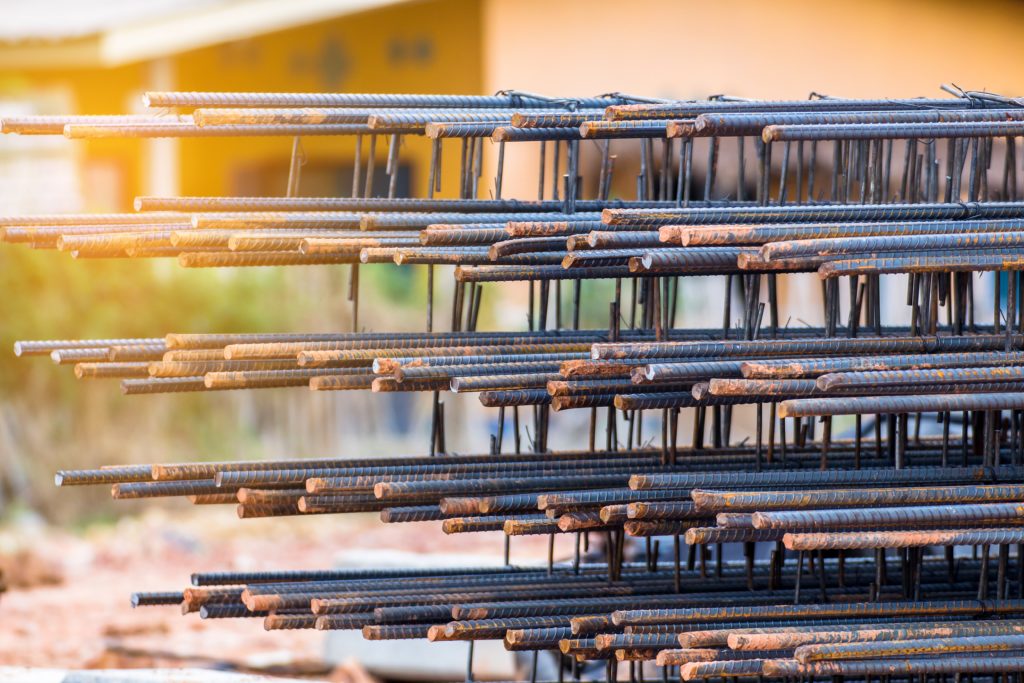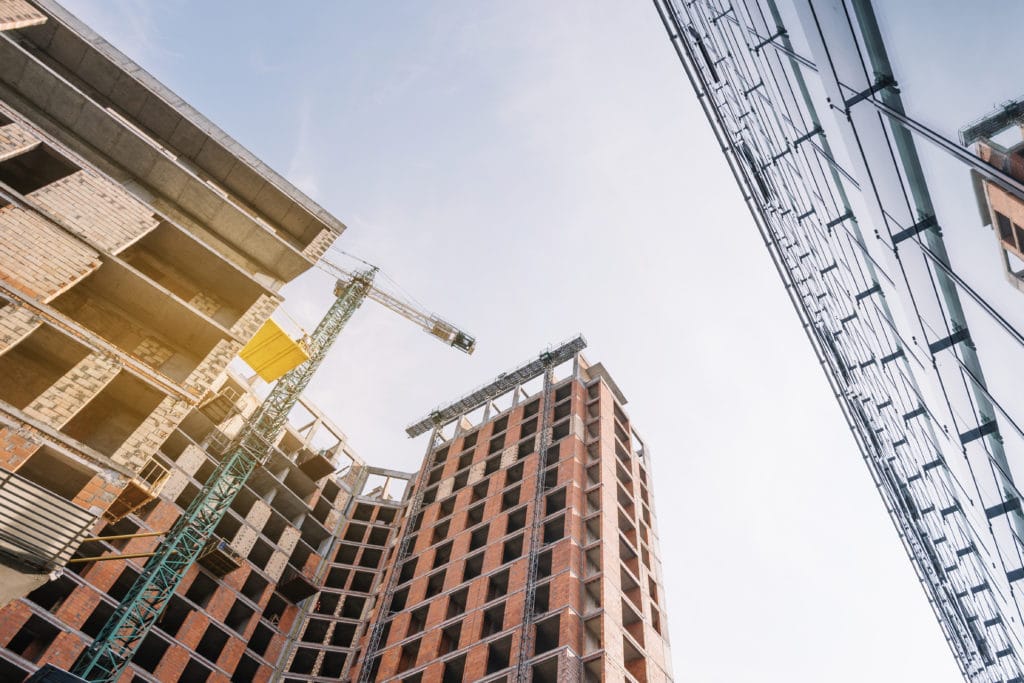Finding it a bit hard to believe huh? Yeah, finally VR is here for the construction industry, too. These are not just ideas or possibilities, companies have begun implementing VR in construction and have been saving some real money and time. Implementation of VR apart from being a cost-effective tool has proven to be effective in improving productivity and efficiency in construction projects. Virtual design and construction have become the next stage in the advancement of BIM.
How is virtual reality incorporated into construction?
Regardless of a 3D model’s level of detail, there is a big gap between the language an architect or an engineer uses and the one a customer uses. The perfect way to close that gap would be to find a way for the customer to see virtually what an engineer/architect is trying to explain through a 3D model. This is what virtual reality does in construction.
How VDC (Virtual Design and Construction) is done?
A one-line answer to this question would be, a data-rich 3D model, when taken into a game engine/ software program, created a realistic environment. This model is converted into a virtual reality model using a VR gear connected to a computer.
Read also: McKinsey & Company – Pushing the construction technology ecosystem to the limits
Using this, engineers, the different stakeholders and end users involved in a project can virtually view and interact with the building space and its features.
So does that make VDC advanced than BIM?
Before we answer this, let’s break down the entire process of BIM. Once a project is approved and a decision has been taken to incorporate BIM in that project.
- An architect starts working on the schematic model using the real elements in a BIM environment. Once the schematic is prepared a walkthrough rendering is given to the investor. The owner/investor will pitch in his thoughts and suggestions on the rendered model. Based on the suggestions by the investor/owner corrections are made and the model is finalized for the design phase.
- During the time the schematic is made 4D and 5D scheduling is done to ensure that the project can be met within the stipulated time and budget.
- The approved schematic is worked on during the design phase. Various teams carry out the design of the structure, MEP, HVAC, Façade, landscape, and so on. Detailed collaboration is done and the designs will be checked for any clashes.
Every presentation made to the end user/ member teams are all done with a detailed 3D model in the case of BIM.

In the case of VDC, the data-rich 3D model is transformed into a virtual reality using game engines. The end users can view the entire design virtually, walk around the structure and interact with the features of the building.
So let me guess, now you might have figured out the answer to the tricky question. Yeah, BIM and VDC are the 2 sides of the same coin. Without BIM VDC can’t happen and VDC is, of course, an advancement that has happened in the AEC industry.
How has VDC been advantageous?
1. Better collaboration among the different stakeholders
When it comes to a construction project, it is not just the architect or engineer who has to come up with the design. Rather the client who is paying for the entire build has to pitch in their ideas too. Not every time do the clients understand the technical language the architects/engineers speak. If they could see the entire design ideas in a virtual space, they could surely contribute valuable ideas and suggestion that can add value to the construction project.
Assume a surgeon being able to virtually see the operation theatre that has not yet been constructed. Don’t you think they could possibly pitch in a lot of valuable information and suggestions that could greatly help the designers and save the engineers from any future hassles?
Which is why we say that VDC has truly been a game changer when it comes to collaboration among the stakeholders involved in a construction project.
2. Improves the customer experience
Customer experience is where VDC has had an extensive edge over the 3D models. This comes in handy especially in the case of buying off the plan buildings. Virtual reality can be used to show customers how the home would be once the entire construction work is completed.
They will be able to virtually walk around the house, test how different colours on the walls would look like, how the furniture would go in, how the curtains would look like.
Virtual reality can give the customers all the freedom they need, making customer experience enhancement the biggest achievement of VDC.
3. Enhances safety in construction sites
The vital factor when it comes to improving safety at construction sites is to ensure adequate training for the workers at the site.
“VR, video learning and microlearning apps are beginning to be used in the construction industry to train more effectively than ever before, In such high-risk environments, quality training is paramount to prepare workers, improving safety and leading to fewer accidents on the job” said Samantha B. Rego, communication and public relations manager of Vector Solutions. ”
VR for safety training can be safe and cost-effective than training workers than in the real world.
4. Reduces labour costs and saves time
Fewer accidents and rework at construction sites can significantly reduce the cost incurred. Apart from these, modern day state of the art gadgets like Skycatch drones can develop a 3D VR from an aerial view. These 3D virtual models can be used to calculate the area of the plot, to map the landscape, the volume of earth to be removed and other useful information that incurs more cost and time if done using human labor.

There are intelligent construction machinery that can be virtually operated from inside an air-conditioned trailer, reducing the number of labours on the ground.
5. Facilitates better project management
Project managers know how difficult is to manage a construction project is. Every construction project is in a constant state of flux, making it very difficult for the construction industry to gain efficiency.
Read more: VR in construction management
Keeping track of the work progresses and maintaining timelines are a big headache for the project managers. Making use of the sophisticated technologies that make use of VR for generating a 3D virtual model of a construction site can be of great help to the project managers.
Using VR technology based drones for an aerial survey of construction sites can help the managers see the conditions as they change, keep track of the work progress and to easily resolve any clashes.
Conclusion
It is evident that VR is changing the way we build. The advantages of incorporating VDC is making more and more builders attracted to the technology. Which is why though the technology is still in wide use, researchers and scientists are working hard on improving the scopes and possibilities of using VR.
Author bio: K Shakti Prasad is an Electrical engineer with a passion towards writing. He has more than 4 years of experience in writing for various travel and marketing websites. Being a tech enthusiast he decided to switch his career over to writing for the AEC industry. He is currently working as a full-time content writer for Advenser LLC, a leading BIM and VDC service provider.




